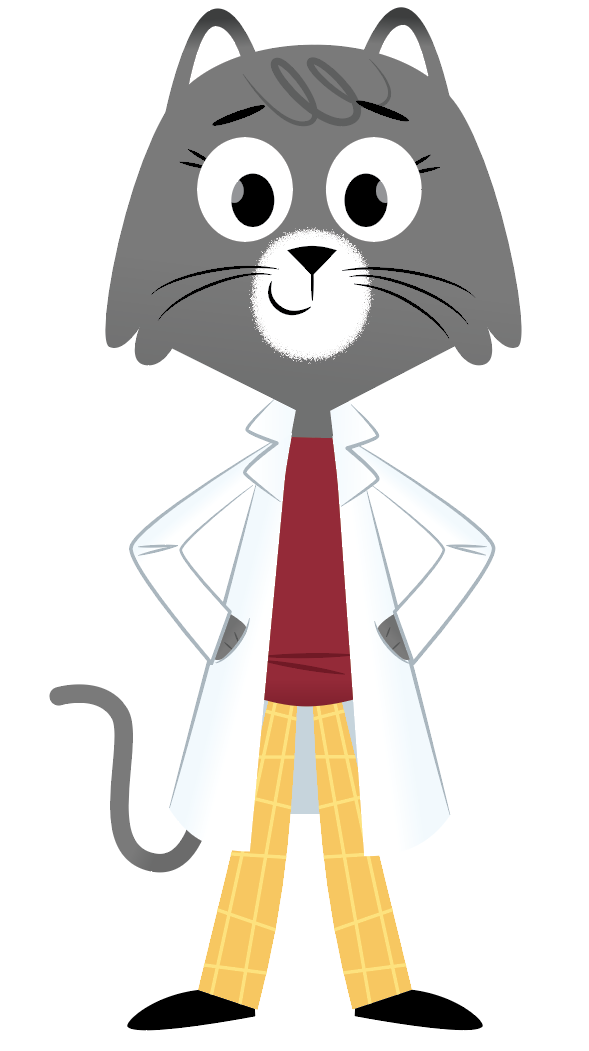Dear Susan,
It just so happens the Great American Eclipse is coming up on Aug. 21, 2017. This solar eclipse will be the only one visible from across the lower 48 states in nearly a hundred years. When it happens, parts of the country will experience darkness for a couple minutes during the day.
It seems prime time to answer your question. My friend Guy Worthey, an astronomer at Washington State University, was happy to help out.
“Do you have a little brother or sister? And maybe a TV?” Worthey asked. “Even if you don’t, imagine that you’re trying to watch TV, and your little brother or sister gets in the way. You can’t see the TV anymore.”

He said we can think of the TV as the sun. Your little brother or sister is the moon. You are the Earth. A total solar eclipse happens when, the sun, moon, and Earth are lined up just right and, for a few minutes, the moon blocks the Earth’s view of the sun.
The moon is on a bit of a wobbly orbit, so even though it passes in front of the sun often, there isn’t always an eclipse. If it’s not lined up perfectly, we see just a partial eclipse. Part of the moon blocks the sun.
During a total solar eclipse, the moon casts its shadow down to Earth. Just like we can make shadow puppets on the wall using a flashlight, the moon can cast a shadow with help from the sunlight.
The places where the moon will cast its shadow is called the path of totality. If you’re in the path of totality during the total lunar eclipse, you’ll know it.
This is the area where you can experience total darkness during the day. From Earth, you’d also see the glowing, white outer part of the sun’s atmosphere, or the corona, hopefully with protective goggles. It only takes a couple minutes for the moon to pass in front of the sun. Then, it’s light outside again.
Even if you aren’t in the path of totality in August, you may still be able to see a partial eclipse. Worthey explained that there are actually several kinds of eclipses.
Another kind of eclipse is called a lunar eclipse. During a lunar eclipse the line-up goes: sun-Earth-moon. It’s called a lunar eclipse because the moonlight is affected.
The moon shines because it reflects light from the sun. But when Earth blocks the sun, the moon gets darker or even a little reddish. There will be a partial lunar eclipse on Aug. 7. You don’t need to protect your eyes when watching a lunar eclipse, but it’s super important to protect your eyes when viewing a solar eclipse.
You can prepare for the upcoming solar eclipse with a few resources and tips for how to safely view it with help from NASA. Keep asking great questions and keep your eye to the sky.
Sincerely,
Dr. Universe
ABOUT ASK DR. UNIVERSE
- Ask Dr. Universe connects K-8 students with researchers at Washington State University through Q&A. Students can submit science questions on the ASK page.
- Are you a teacher, parent, or curious grown-up? Follow along on Twitter or Facebook.
- Do you want to reprint this Q&A? Just send a message to Dr.Universe@wsu.edu